Nicola Matteis (1670 - 1713)
 Italie
Italie
 Italie
ItalieNicola Matteis (Matheis) (fl. c. 1670 – after 1713) was the earliest notable Italian Baroque violinist in London, whom Roger North judged in retrospect "to have been a second to Corelli," and a composer of significant popularity in his time, though he had been utterly forgotten until the later 20th century.
Very little is known of his early life, although Matteis was probably born in Naples, describing himself as 'Napolitano' in several of his works. He came to London in the early 1670s and ... (Read all)
Source : Wikipedia
Very little is known of his early life, although Matteis was probably born in Naples, describing himself as 'Napolitano' in several of his works. He came to London in the early 1670s and ... (Read all)
Source : Wikipedia
FREE SHEET MUSIC
Active criterias:
Search
| |||||||||||||||||||||||||||||||||||



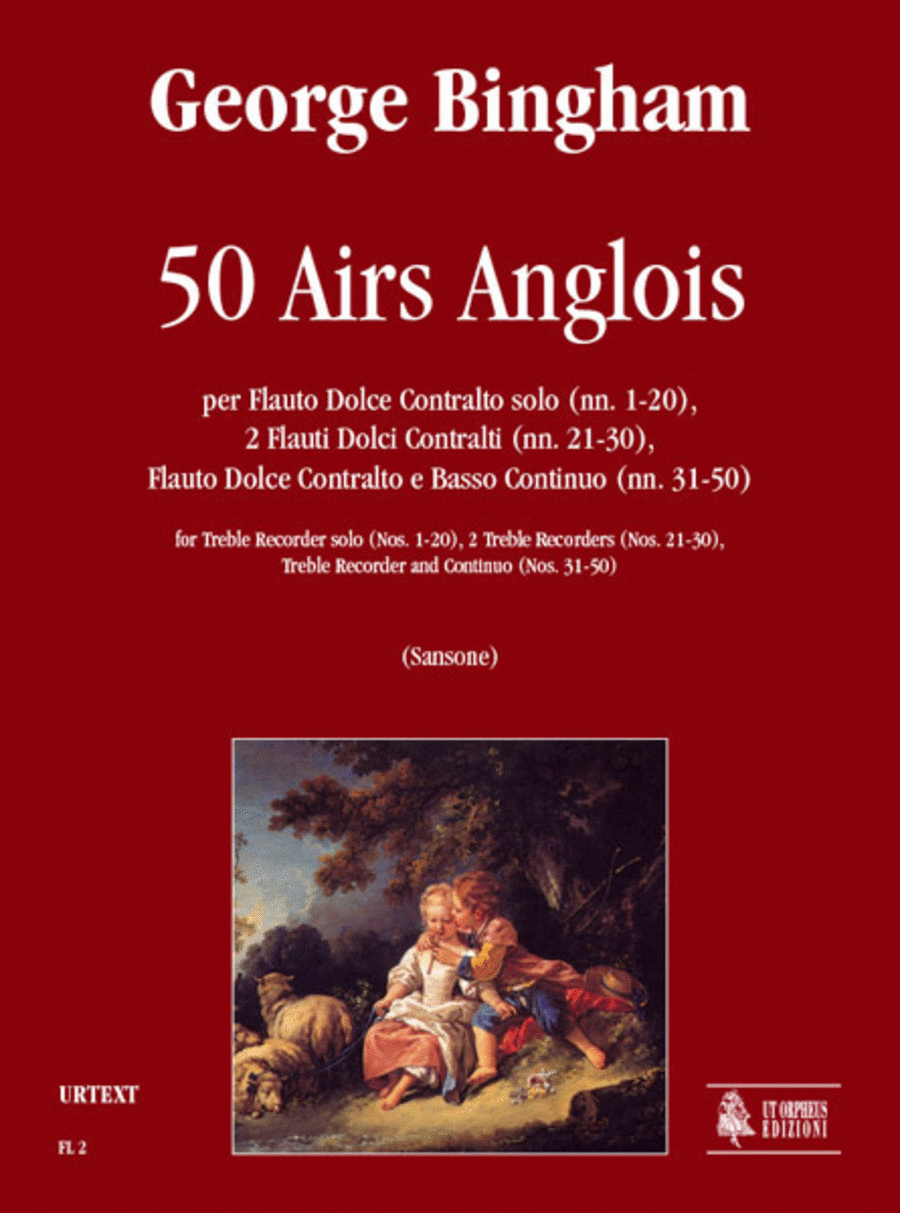
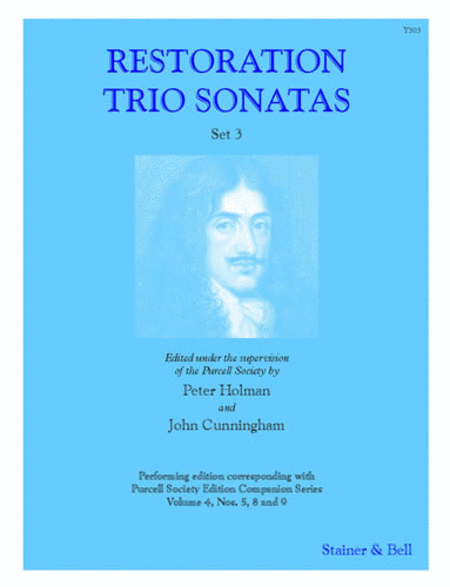
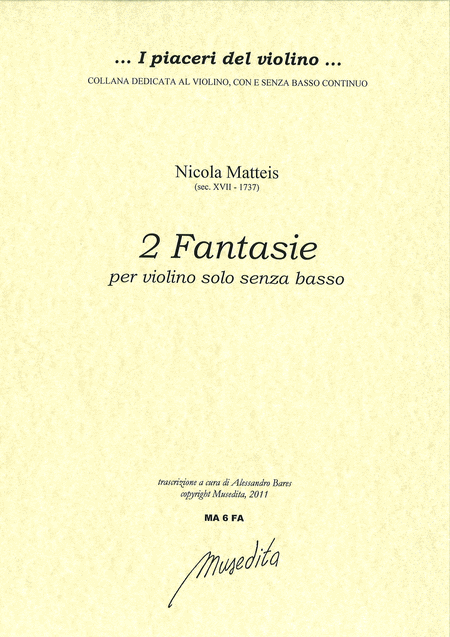
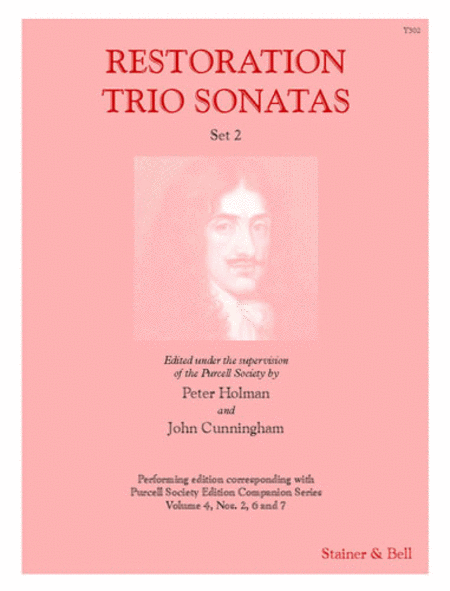
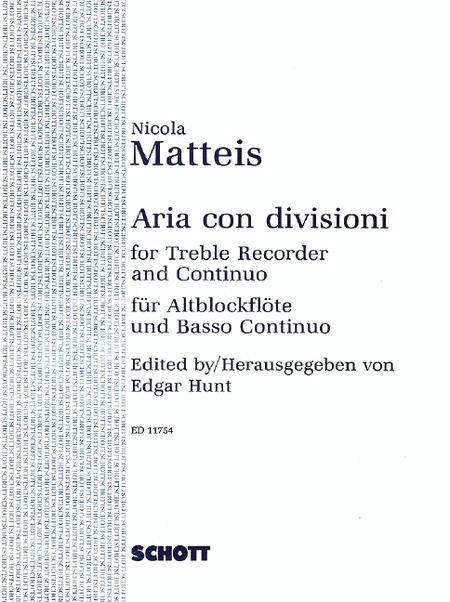
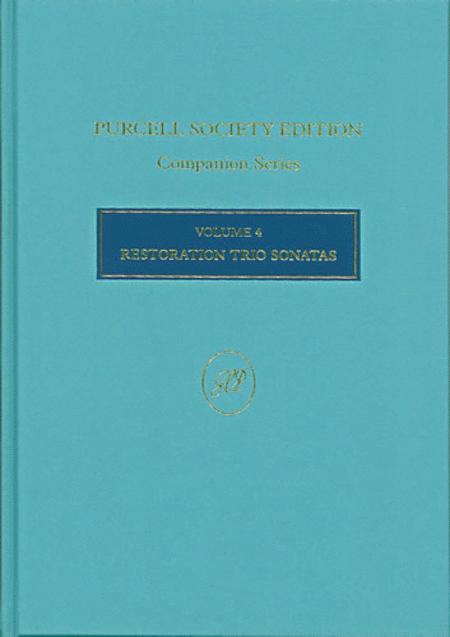
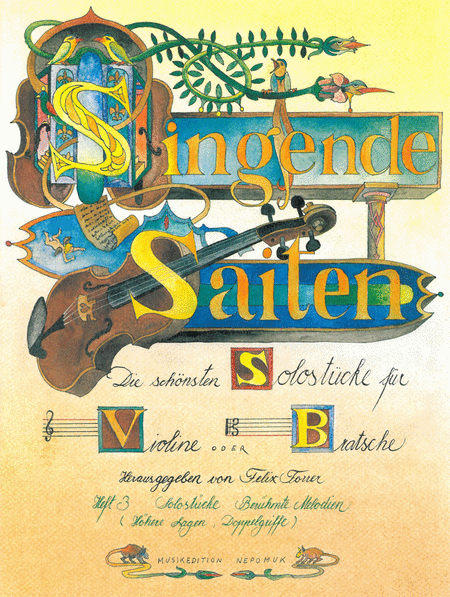






 SHEET MUSIC
SHEET MUSIC